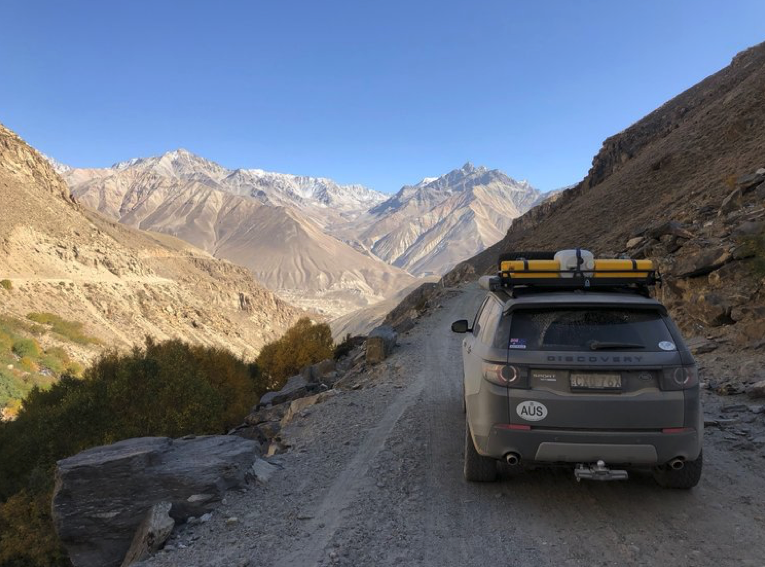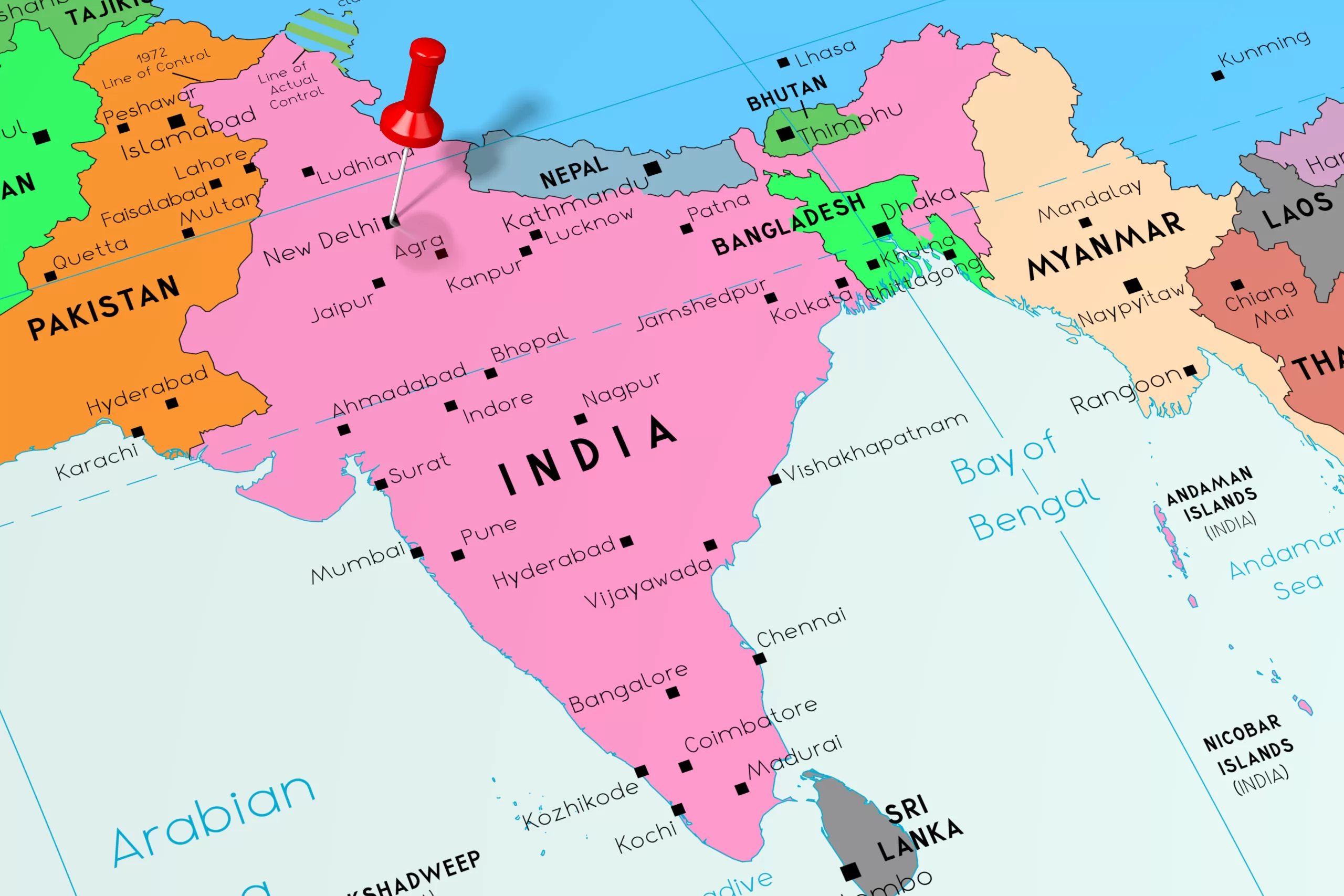When Jonathan and Hannah McGregor shipped their Land Rover Discovery to Russia in July 2019 for an adventure across Northern and Central Asia and Europe, they were very well prepared. Arriving in the USA for the final leg of their trip which they hoped would also include a Mexico, it became clear however that due to COVID-19 repatriation back to Australia was prudent and the vehicle was shipped back in May 2020.
The McGregors did however manage nine months of adventure. With their LandRover (pictured above) they travelled several thousand kilometers through many of the ‘stan’ countries, (Kazakhstan, Kyrgyzstan, Tajikistan and quite a few others) before making their way through Europe. Their adventure is very well documented on their travel blog at globalgregors.com. As experienced travellers, they have some good advice on insurance and how to be as well prepared as possible for when borders reopen after the COVID-19 pandemic.
Using the Carnet de Passage en Douane (or not)
While Carnet de Passage en Douane (CPD) can be used in many countries, the McGregors found that given the choice, border agents preferred to use their countries Temporary Import Permit (TIP)*. The TIP is typically a computerised process, where the vehicle is essentially logged into and out of the country based on its registration document (eg as a proof of ownership). In this region, the CPD was mainly used by truck drivers who did not own their own vehicle, and many drivers appeared to have a Russian version of the CPD, so the Australian CPD caused some confusion because it is in English and difficult to interpret.
Despite not actually using the Carnet as intended, the document was helpful at every border crossing. Border agents completing TIP generally need the same basic information: Country of registration, registration number, owner, vehicle make/model, vehicle colour and sometimes engine capacity. The Export Clearance page of the Carnet, and the rather official appearance of the Carnet document itself, helped immeasurably to clear up these confusions and put the border agent at ease.

The million-dollar question, how to insure your vehicle?
Most insurance companies will not provide comprehensive insurance when you export a vehicle out of Australia for travel overseas. However there are agents who will insure foreign tourists travelling in Europe and driving temporarily such as Alessie. Other specialist insurance agents include TourInsure who will cover motorcycles, recreational or heavy expedition vehicles.
Third-party insurance is mandatory in each country although arrangements (and indeed policing) varies. Typically, in any given region insurance providers extend their cover for use in surrounding countries. For example, Green Card insurance purchased in one EU country typically covers most EU countries, therefore travellers only need to purchase it once on first arrival to the EU. Similarly, third party coverage purchased in Russia can be extended if one requests to cover the Eurasian Customs Union.
These third-party insurances are either purchased at booths within or nearby border crossings or purchased online in advance of the crossing. The country that proved hardest to find third party insurance was the USA, where the process is complicated by different states having different coverage requirements, the McGregors used SeguroGringo
Another important insurance is for international search and rescue and medical evacuation, these can be found via GEOS Worldwide and medical insurance through World Nomads.

Advice for travellers
If you are planning to visit remote places in foreign lands with your vehicle, you will need to be prepared. The Global McGregor Blog is essential reading and they have provided a summary of some very important factors:
- Know your crossing: Not every crossing between two countries is the same. In fact, generally no two are the same. Crossings mostly used by local traffic will either be super-fast (low wait times) or super slow (unfamiliar dealing with foreigners and/or foreign vehicles). Crossings preferred by cross border truckers will have peak and low periods and typically proficient but binary personnel – annoy them and they will simply turn you around. iOverlander is a great source to understand and select a suitable crossing and the best time to cross.
- Smile and keep your cool: Border personnel have a relentless, difficult, and sometimes dangerous responsibility - it is disappointing to see how little respect they are shown. They are often not in the best of moods, turning this around can have a big impact on your crossing. Australian flags on the vehicle, kangaroo business cards and/or Instagram can all be harnessed to build rapport and see you through in a fast and friendly fashion.
- Don’t have anything to hide: Avoid carrying alcohol in the vehicle and no drugs and/or weapons. Make sure there’s no sketchy content on your camera, phone or devices. Point out your camera equipment, drone and two-way and/or satellite radios as in security-conscious areas these are used by combatants. Be conscious of your online persona - it may be prudent to keep your critique of the regime off the internet or at least save it for later.
- Be assertive: Truckers cross borders all the time and often encounter day-long waits, more in some areas. They will push you to the end of the queue unless you step up. Again, the best solution is to engage with the border agent in question. For more information visit their FAQ:
*Temporary Import Authority, (TIA) Temporary Import Scheme. Countries that don’t recognise a carnet will allow you to enter the country under a Temporary Import document. Generally, these are computerised and enter your vehicle details upon entry and exit. A fine can be made if they don’t have a record of your vehicle being exported within the timeframe. It is important to understand the duration of the TIA.



